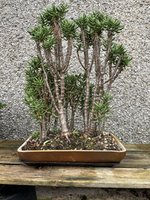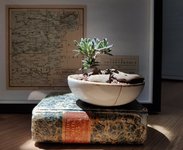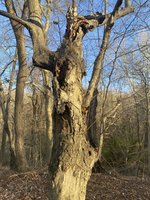My favorite species is almost never used by the members of bnut. It's chamaecyparis thyoides "red star" , the american white atlantic cedar
It came to my island because a mistake in the order of a garden nurseries, and I bought it as a neglected plant (6€)
Since then I had been training it:
View attachment 536158
Also I took the cuttings I made with it (16), and now they are ready to make my first forest
View attachment 536160
Why it's not used more widely in the bonsai community? When I google "bonsai chamaecyparis thyoides red star", more than 50% of the initial results, are my own trees. Do not confuse "red star" with "top point" or "little jamie" wich are not bonsai friendly in my experience.
They are easily bendable, bud back wherever you want, and had been pest free for the last 3 years.
Should them be available here, I would have bought more of them.....



















